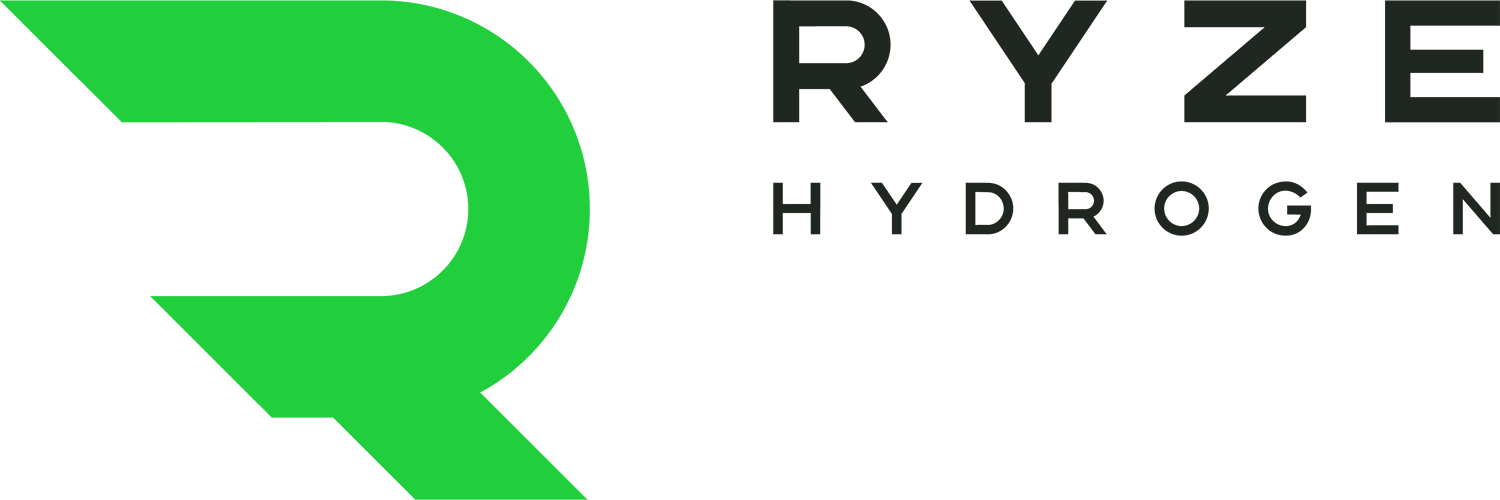One of the main criticisms of clean transport solutions, such as electric vehicles, is that while the car itself doesn’t produce any emissions while it is being driven, a whole load of emissions are created during the manufacture of the vehicle itself.
It’s a fair point. A typical battery electric vehicle will have generated almost its carbon footprint at the factory before it has even been driven.
That doesn’t mean it isn’t better for the environment – its lifetime carbon footprint of about 18 tonnes is still 25% lower than the average family car powered by an internal combustion engine. Still, it’s not the zero-emission world most of us want.
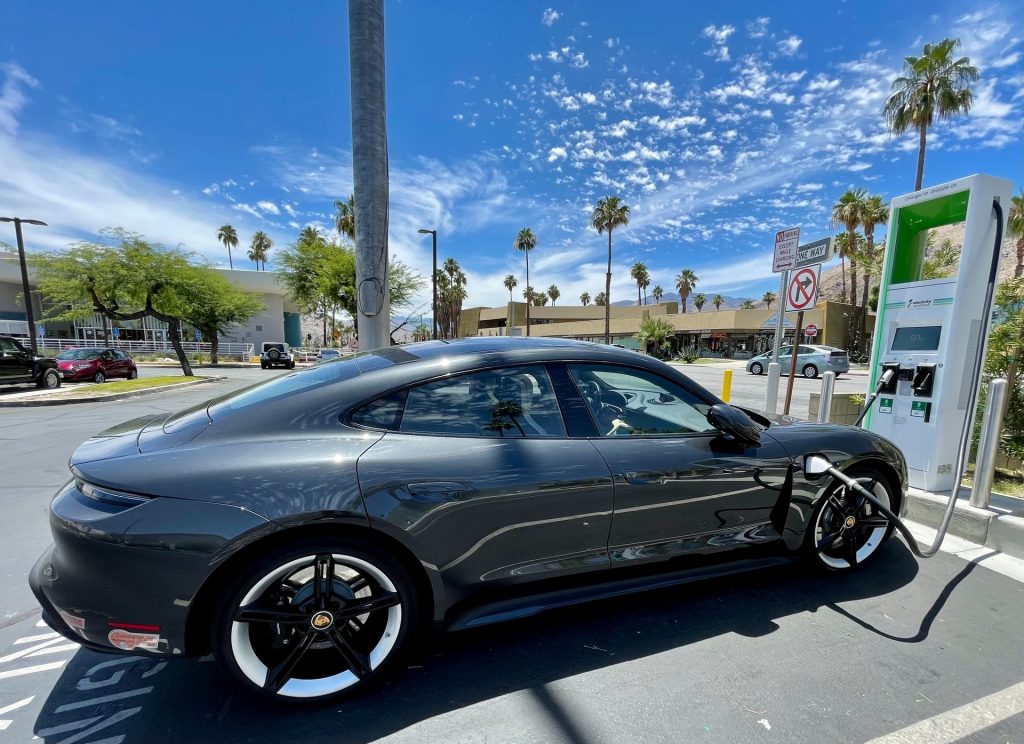
A typical battery electric vehicle will have generated almost its carbon footprint at the factory before it has even been driven.
Part of the solution can be found in clean hydrogen. There are a host of good reasons why hydrogen fuel cell vehicles are better for the environment than their battery electric counterparts, not least their reduced reliance on lithium, cobalt and other environmentally damaging metals, but that is only one way in which clean hydrogen can reduce the carbon footprint of vehicles.
This week, Volvo Trucks announced it will start using green steel manufactured with hydrogen to build its heavy-duty vehicles.
From the third quarter of 2022, it will begin introducing the hydrogen-based steel, produced by Swedish steel manufacturer SSAB.
Initially, the green steel will be used in the vehicles’ frame rails, onto which its other main components are mounted. As more of the fossil fuel-free steel becomes available, Volvo will begin to use it in other parts of the trucks.
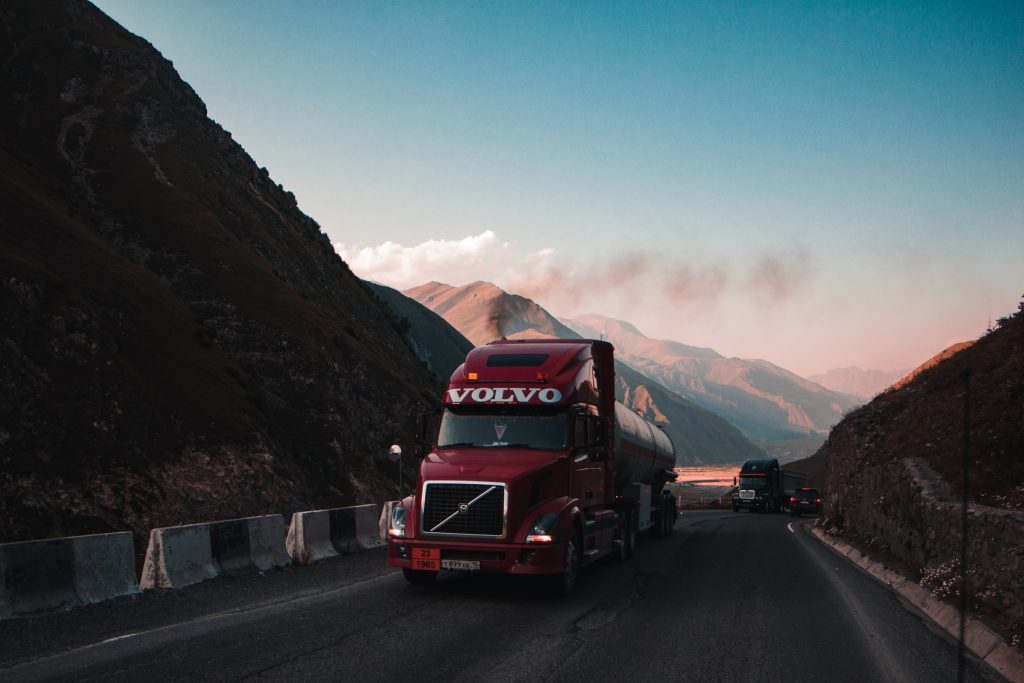
Volvo Trucks announced it will start using green steel manufactured with hydrogen to build its heavy-duty vehicles.
“We will increase the use of fossil-free materials in all our trucks to make them net-zero not only in operation – but also when it comes to the materials they are built of,” said Jessica Sandström, senior vice president of product management at Volvo Trucks.
The collaboration between Volvo and SSAB is not their first – in October 2021, Volvo began using green steel in the manufacture of a load carrier for mining and quarrying.
Steel production accounts for about one quarter of Europe’s carbon emissions. Hydrogen replaces coking coal in the production of steel, helping to clean up one of the dirtiest industries in the world.
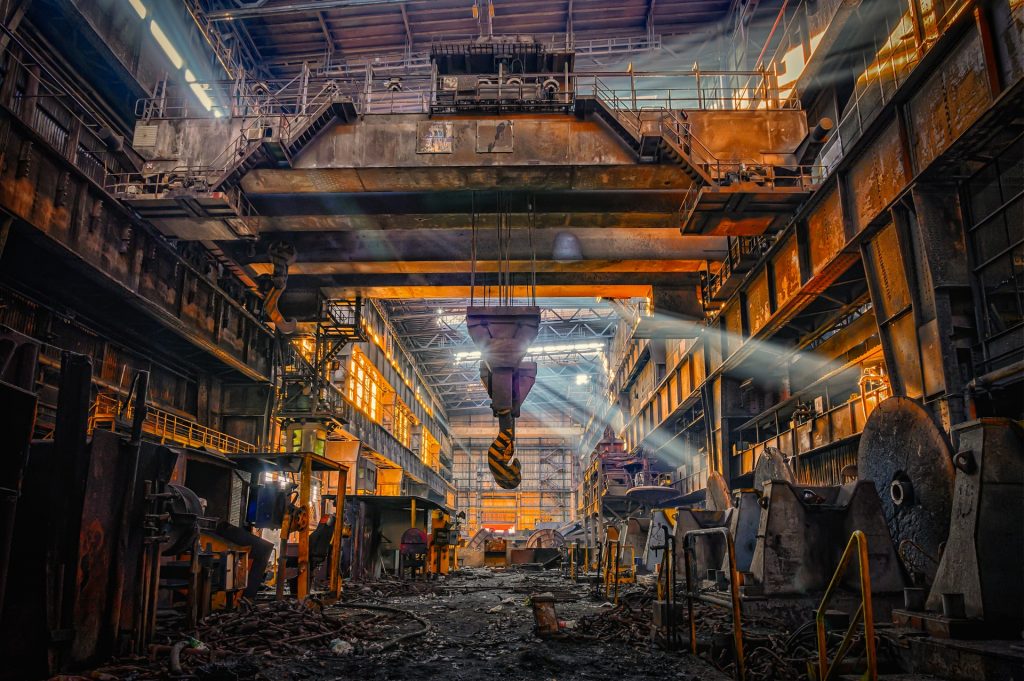
Steel production accounts for about one quarter of Europe’s carbon emissions.
Steel is used in everything from transport to construction, appliances to consumer electronics, razors to cutlery. Steel is also the main material used in the construction of wind turbines.
Replacing coal with hydrogen in the manufacture of wind turbines will actually make clean electricity even cleaner. Hydrogen fuel cell vehicles made from hydrogen-powered green steel will be even cleaner; transporting hydrogen in containers made from green steel will make the hydrogen cleaner, and, well, you get the idea..
Clean hydrogen is decarbonising industries way beyond transport and energy storage; it is going to be central to how we live in a way that is in balance with our environments. You don’t get much more fundamental than that.
To learn more about Ryze Hydrogen click here.
